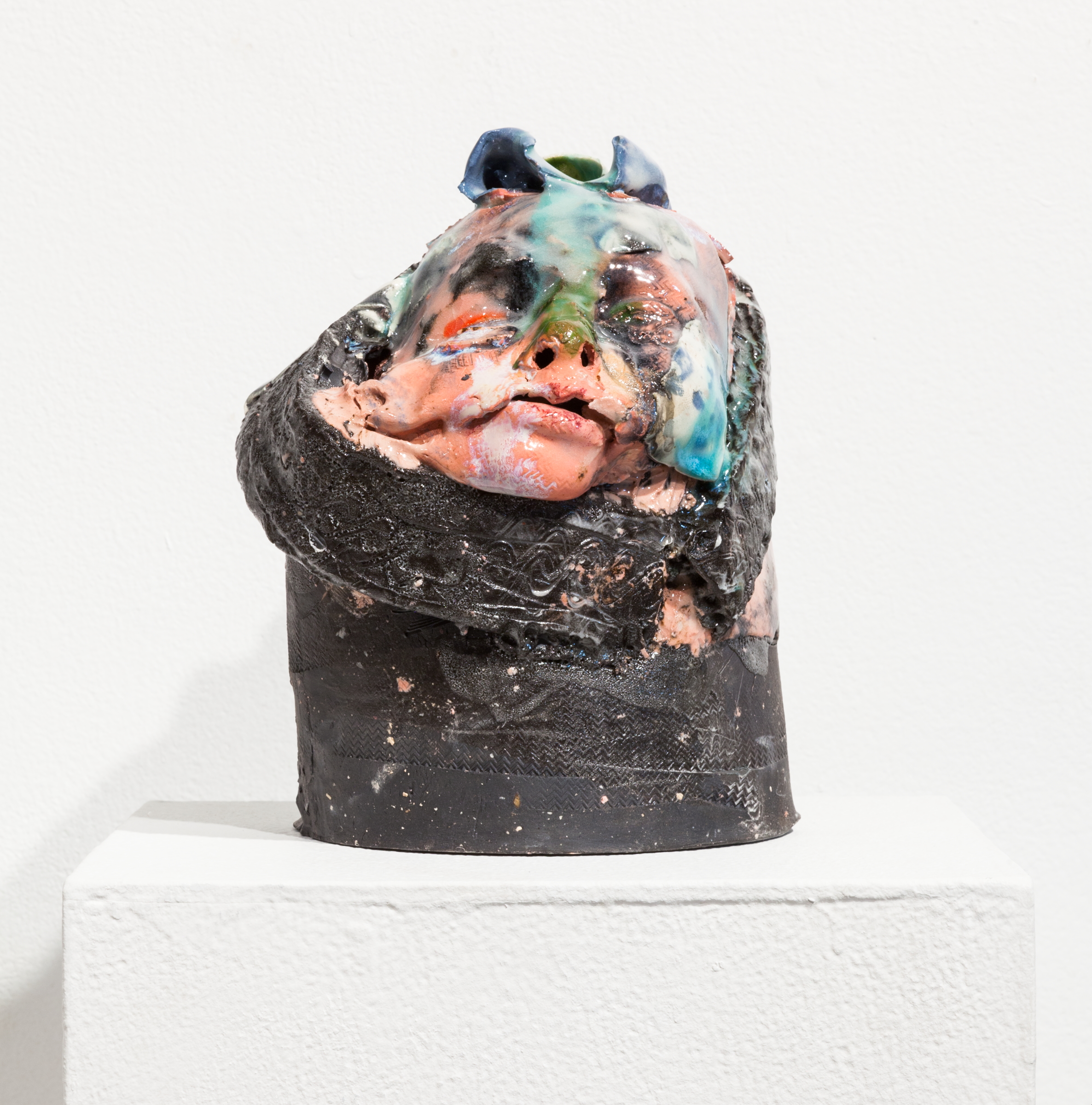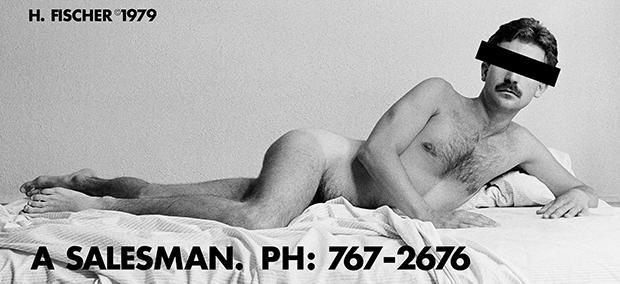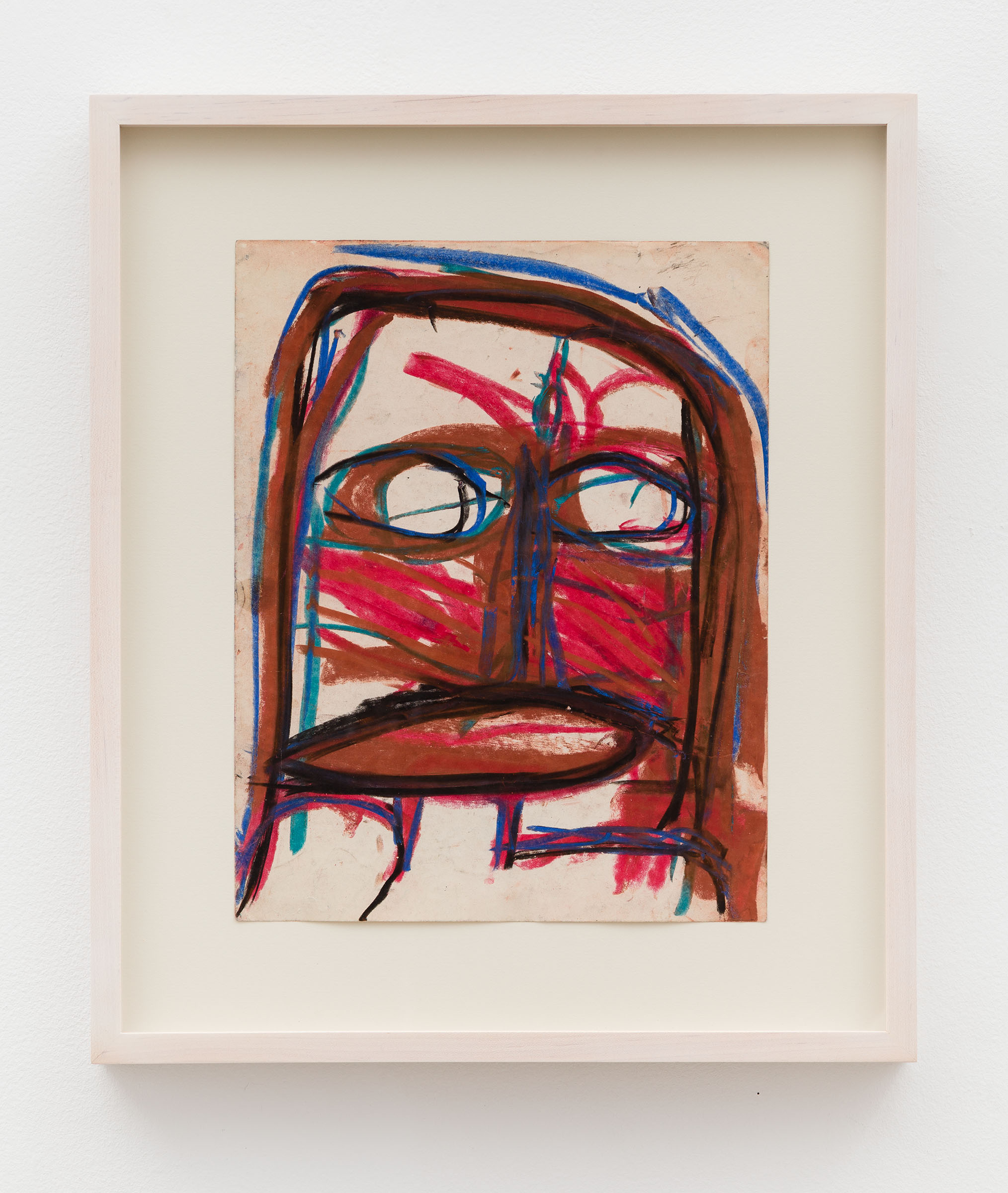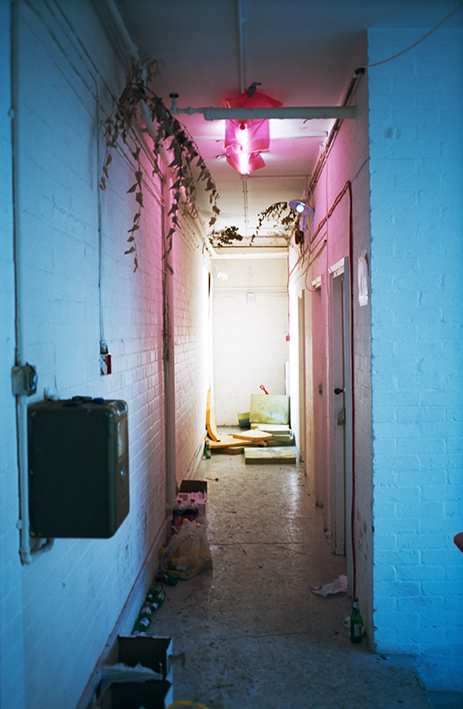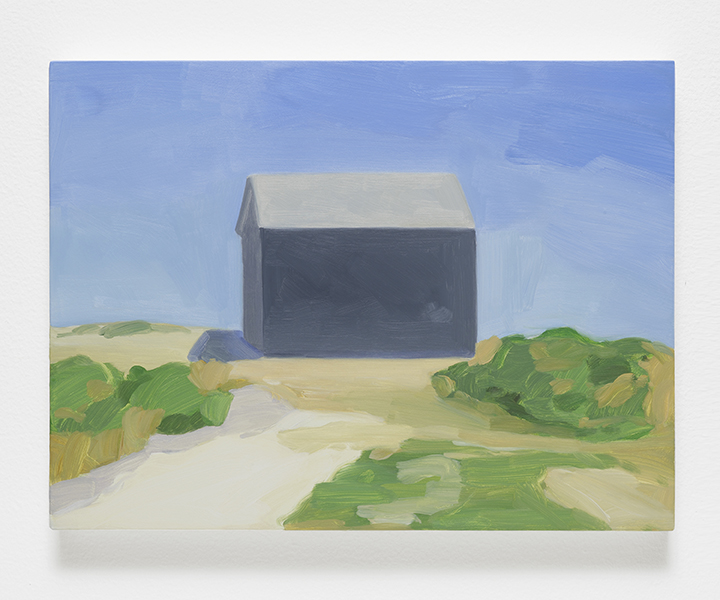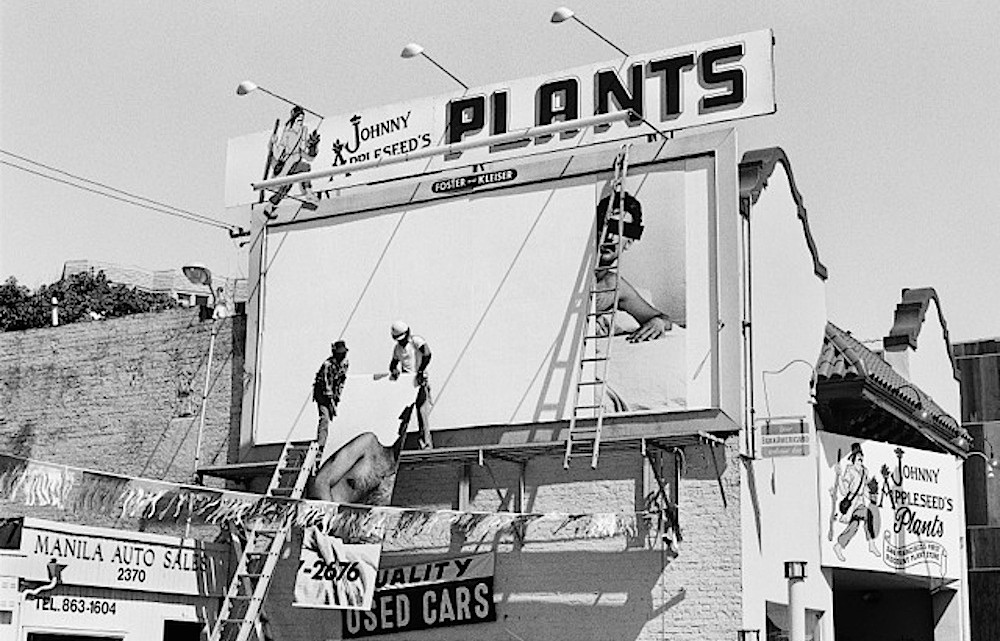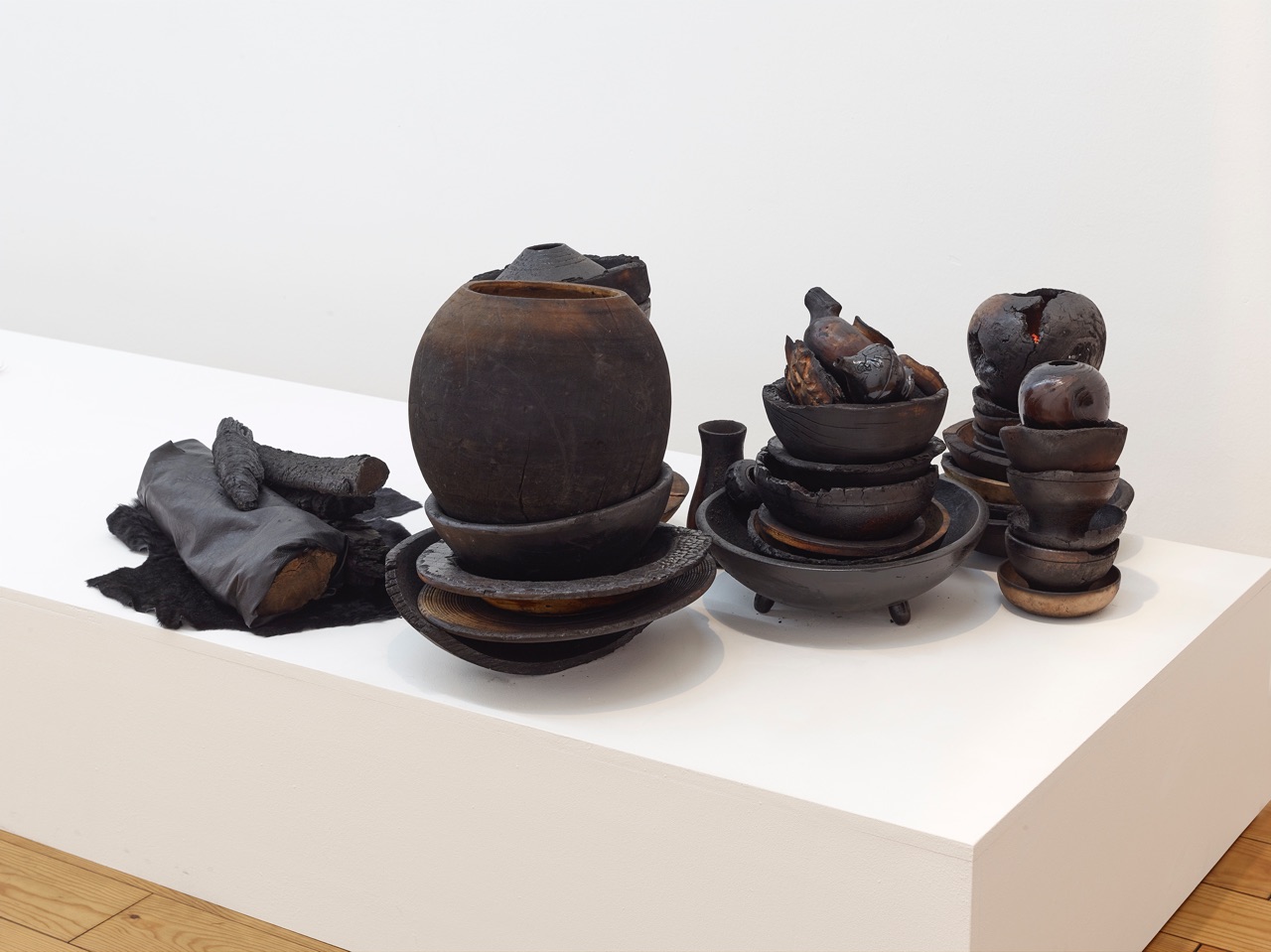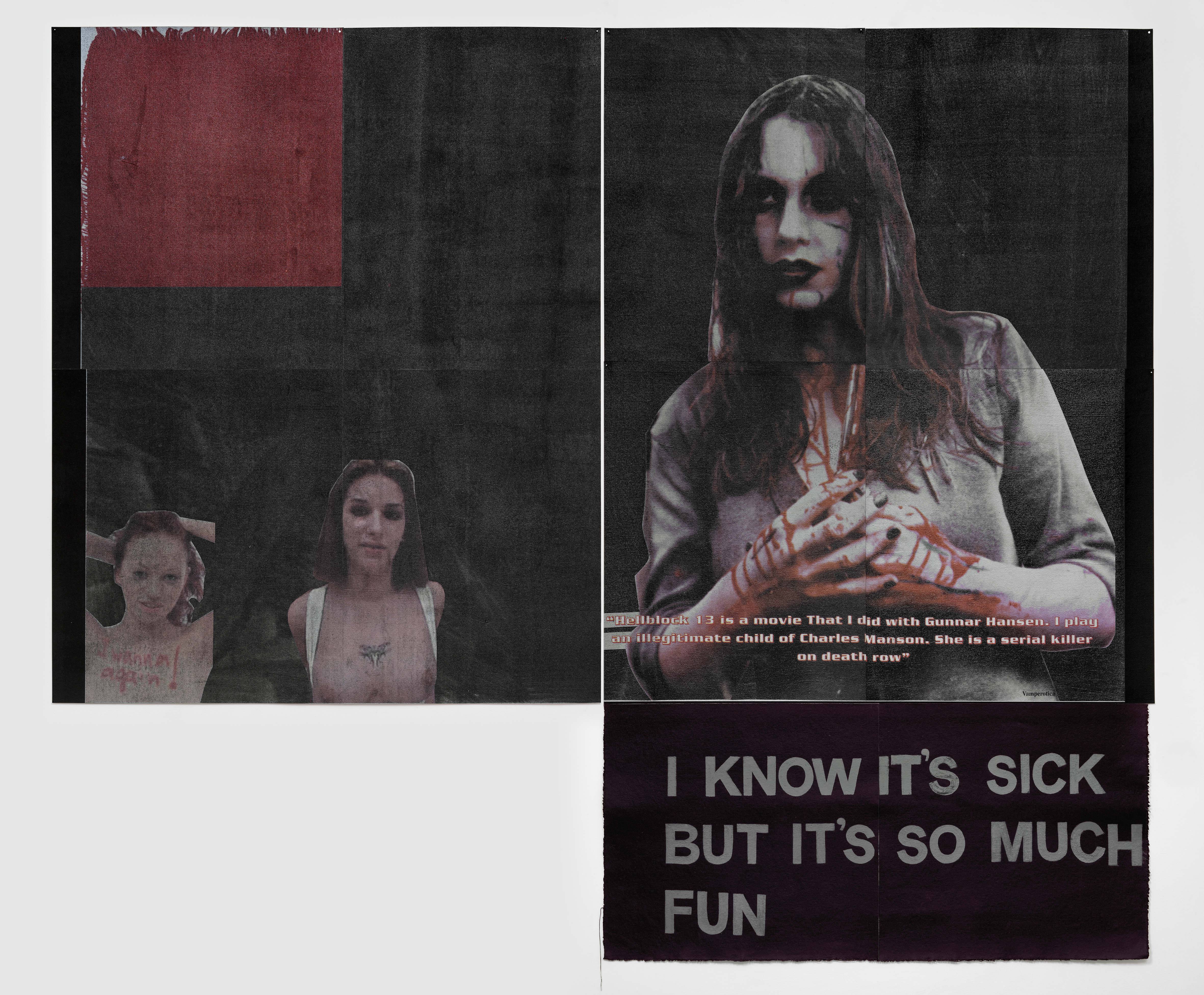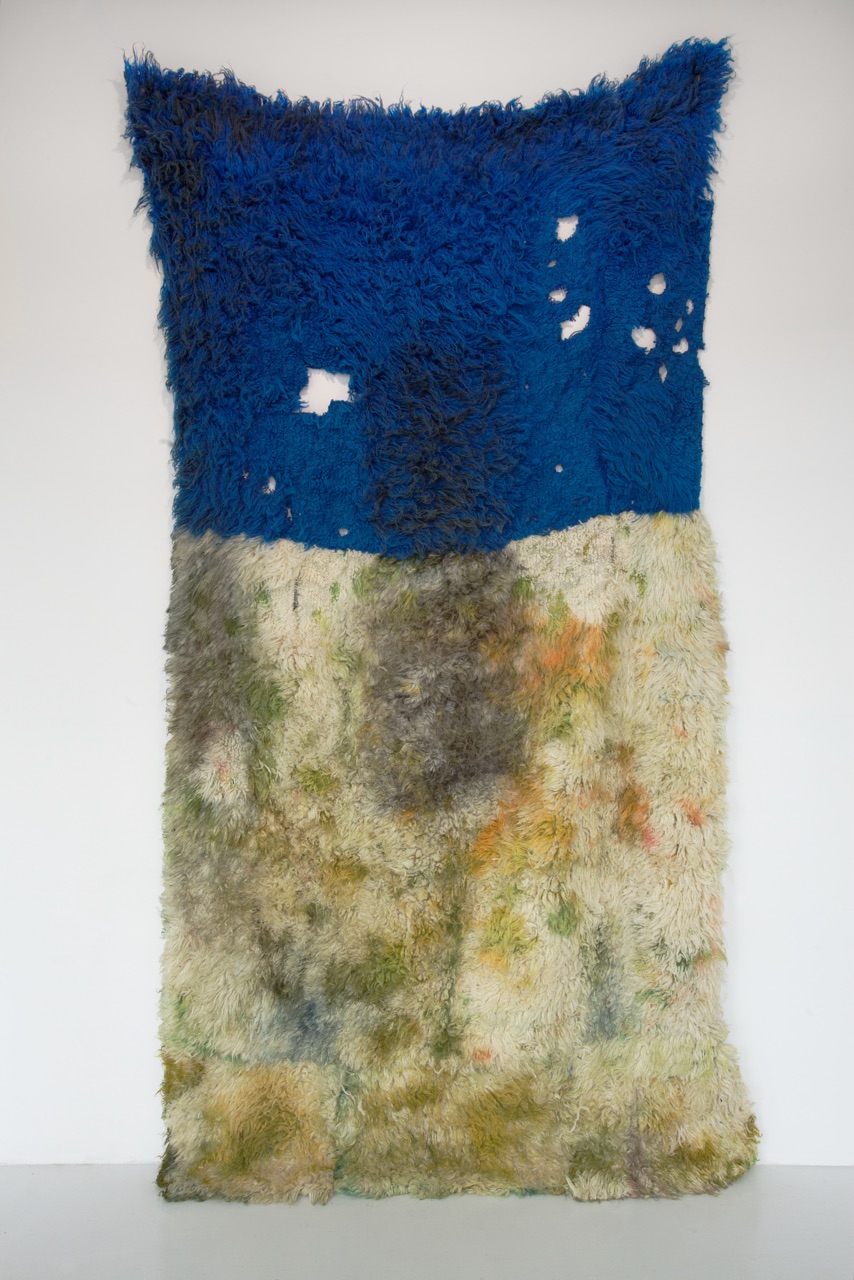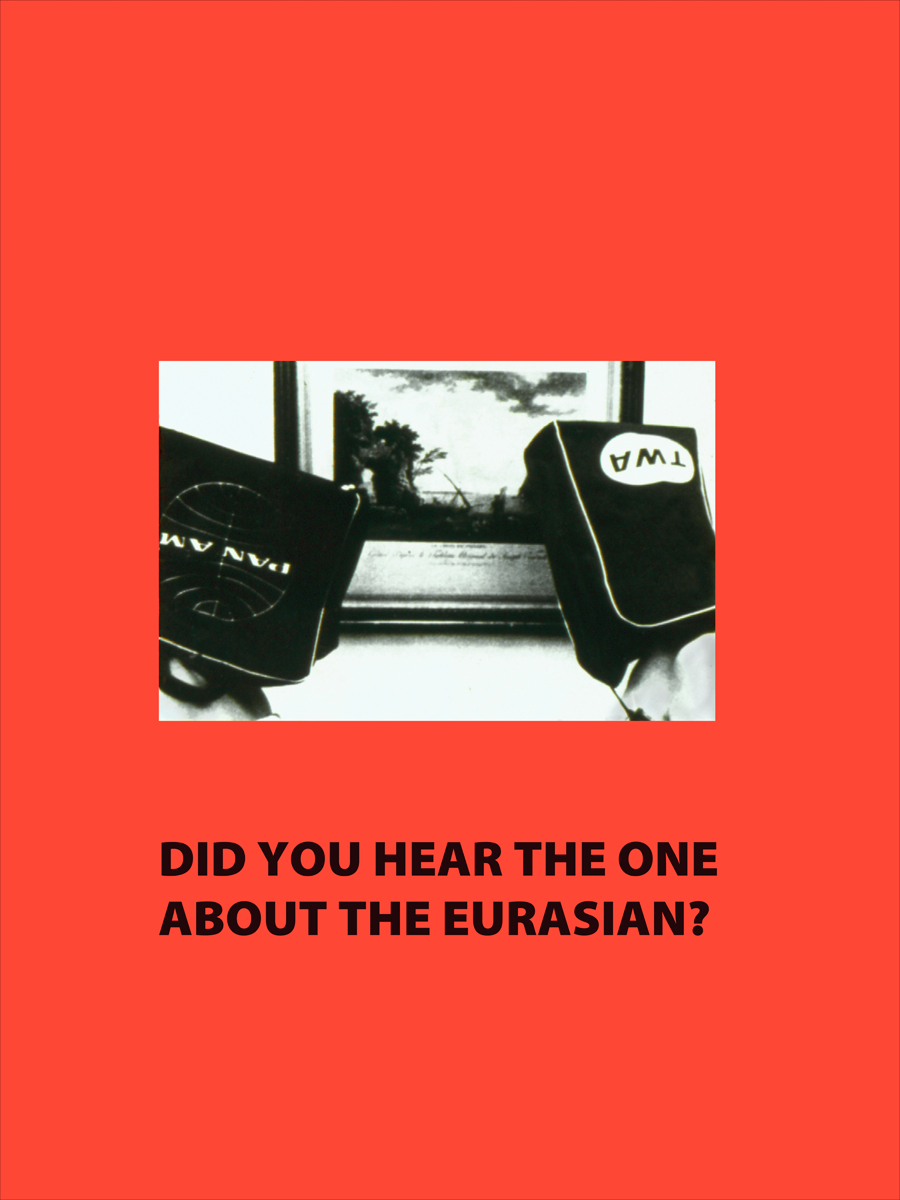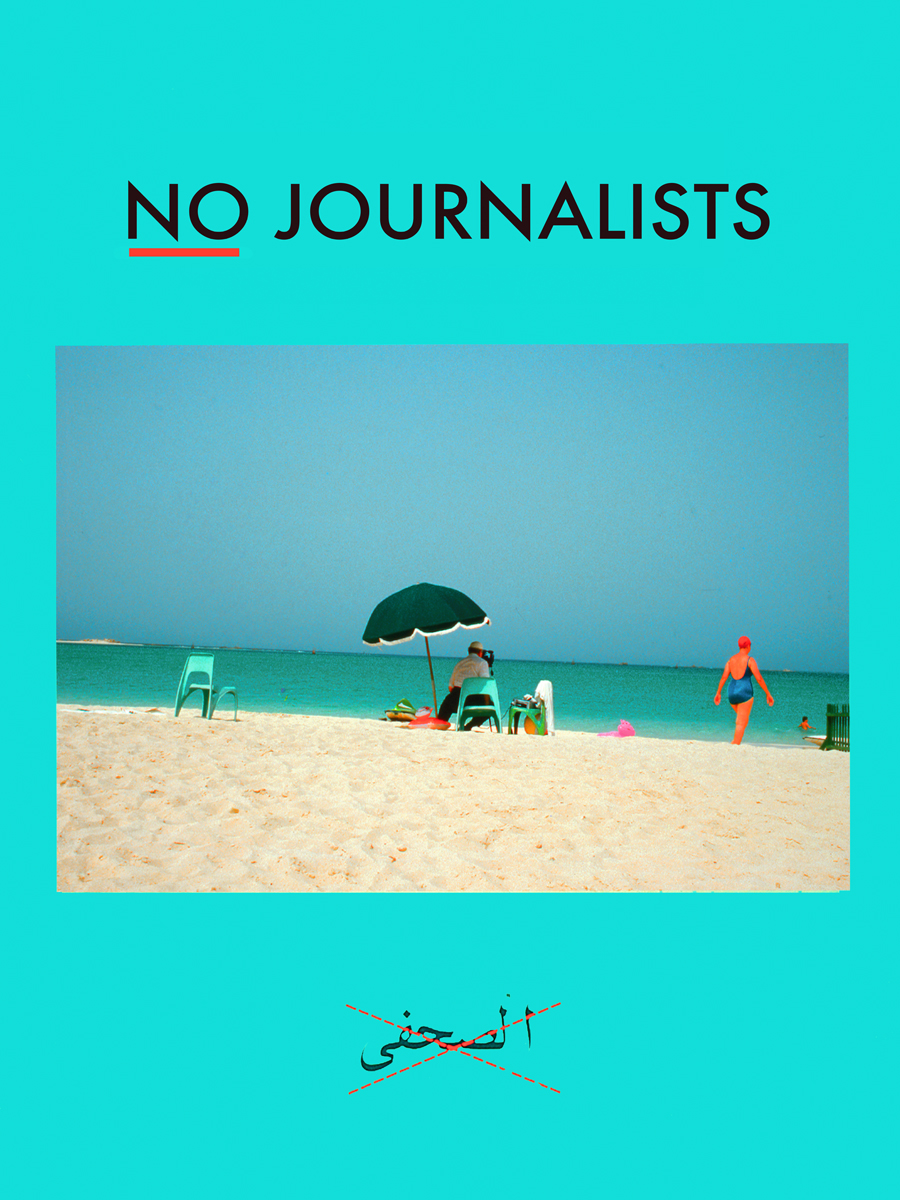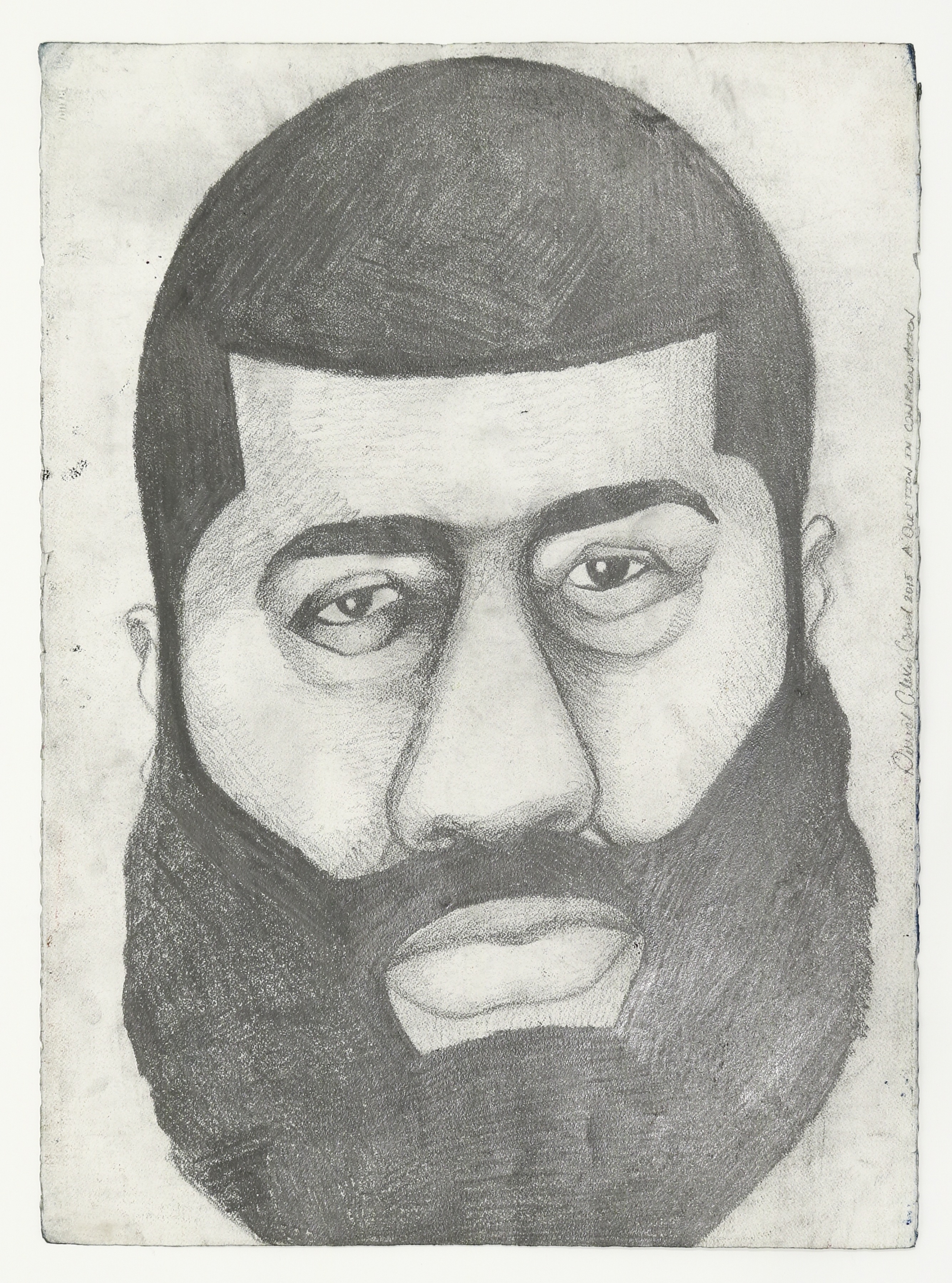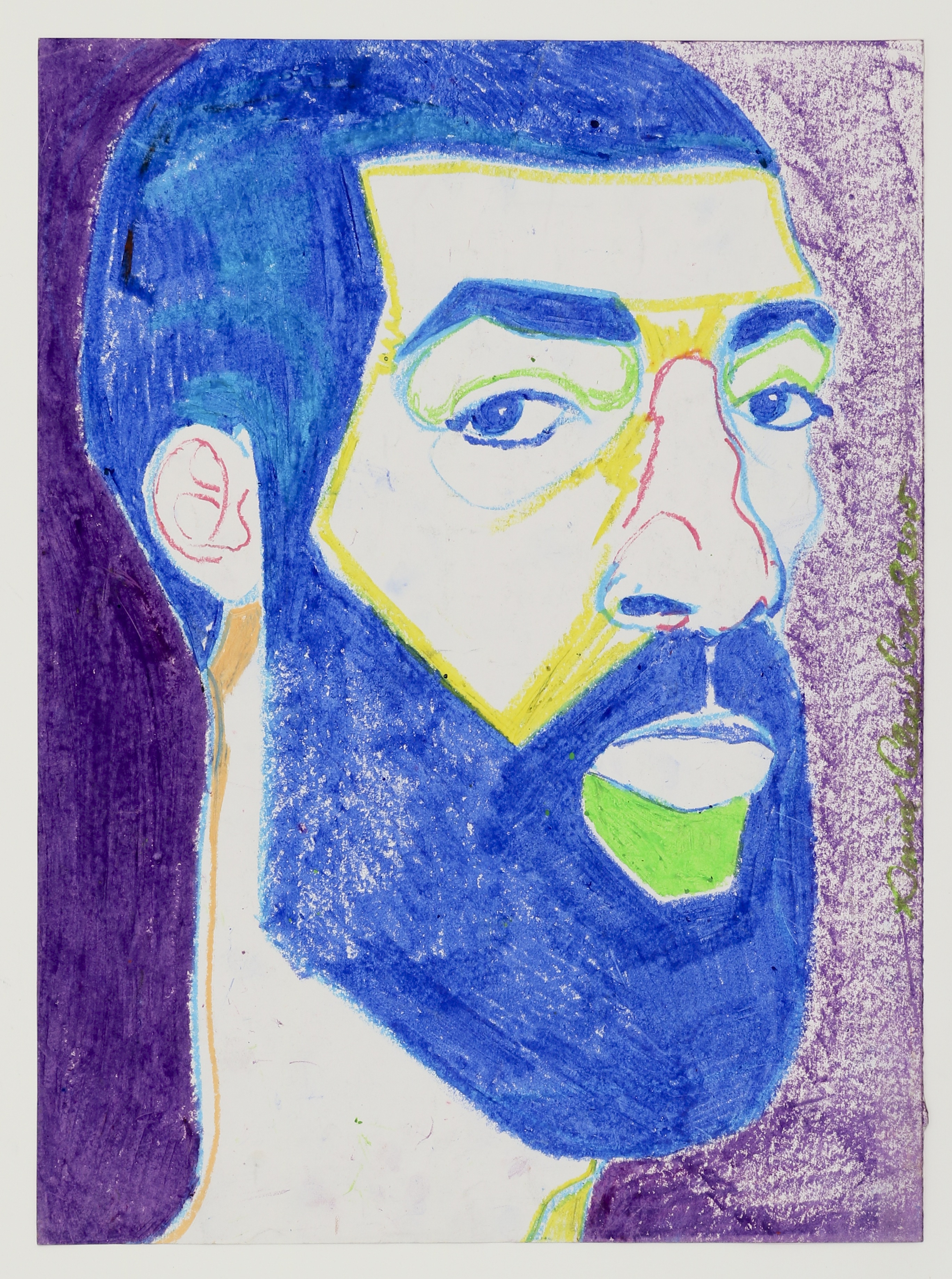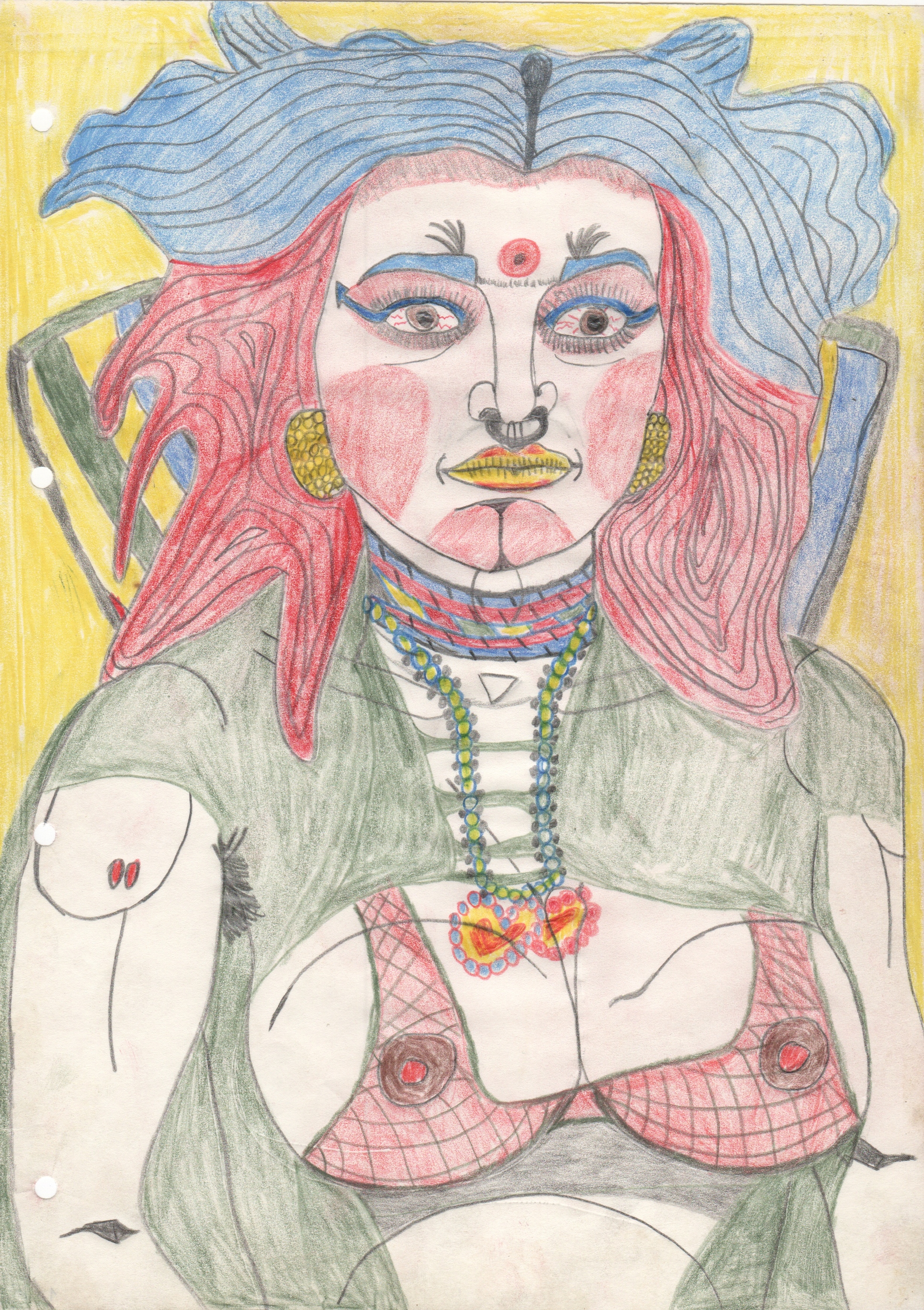
For the individual and genuinely gallery-concerned Independent—launched in 2010 in New York and last year in Brussels—the feedback couldn’t be more positive. Associate Director Alix Dana attributes this to the informal and instinctive curatorial process. “We’re not the traditional art fair, we don’t have an application process, we’re very word of mouth, referral-based,” she says when we speak ahead of next week’s opening of Independent New York. “Matthew Higgs, our Curatorial Advisor, selects the galleries for each edition based on the conversations that he has around the year through his own practice and curatorial projects based on what everyone is doing at that time, rather than a sterilised application process where everyone has to decide what they’re doing eight months in advance. We talk to our galleries about their neighbours and the contexts that they want to be placed in and I think it really shows when you walk around the fair that these things have been taken into consideration. It feels more like a harmonised experience.”
It helps that Higgs, Director of effortlessly cool not-for-profit space White Columns (and, incidentally, an amazing Funk, Soul & Disco DJ), has a lot of experience from the other side of the fence. “Matthew has worked as the Curatorial Advisor to Independent since its inception,” the gallery tells me. “A goal of Independent is to try and create an environment that privileges the artist’s work; to create a situation that represents the genuinely collegiate nature of the art world where artists and galleries—of different generations and from different locales—are engaged in an organic and open-ended dialogue.”
The fair was founded by New York art collectors Elizabeth Dee and Darren Flook, and both Higgs and Laura Mitterrand, Co-Director at Gavin Brown’s Enterprise in New York, have been involved from the beginning. “The fair began when Elizabeth Dee and her peers were thinking: these fairs aren’t really working right now. And trying to create a more collaborative environment where people could take risks. It’s more flexible and democratic and also like-minded,” Dana tells me. “The fair began as Elizabeth, Matthew and Laura meeting for breakfast before their day jobs and it’s really growing up.”
Mitterand agrees. “We are a little older, a little wiser, but very much still motivated by the same ethics—to provide an event/environment which fully satisfies the viewing of art and exchange of ideas.”
Dana herself comes from a PR background. “I think I’m addicted to the stress,” she says when I inquire why an art fair was her most recent calling.
The fair’s galleries show in loose rotation—roughly 30% in each edition are newcomers—and there are many fewer than in concurrent city fairs such as Art Brussels or The Armory. This year, 52 will pitch up in New York and Brussels will host 71, all of whom remain in close contact with the fair’s team. The quality of galleries is right up there—think Maureen Paley, Anton Kern Gallery and David Zwirner—and the exhibited projects aim to align closely with the galleries’ upcoming programmes.
“Independent is still somewhat intimate and fosters an exhibition-style format in quirky locations,” Paley tells me. “It remains unusual in that one cannot apply to participate and is instead invited.” Two of the gallery’s regular faces will be shown in New York: “On the crest of his successful show at Tate Modern we will once again have a large scale work by Wolfgang Tillmans and a painting by Maureen Gallace who has a forthcoming solo show this April at MoMA PS1,” Paley adds.
While the show is not broken up thematically or chronologically, there are some overall trends that have been picked up—though Dana assures me these have developed naturally. “We’re seeing a lot of solo booths, which is a growing trend at Independent. This year we have 21 solo booths which is almost half of the fair, and that’s not a mandate from us at all, it’s more that it organically comes along.”
“For us, Independent New York is a good place to show young artists” says Galerie Mezzanin’s Anne-Laure Dorbec. And female solo booths are also a big thing this year. “Out of the 21 solo booths almost half are female,” says Dana. “This is incredible because we’re not telling everyone they have to do this, it’s just emerging on its own. We feel it’s indicative of new trends in the art world and what galleries are showing right now.”
Elsewhere, a cluster of work will focus on artists and projects from the 80s, touching on the Reagan era in a way that opens a pertinent critical discourse with those pieces addressing the current political climate under Trump.
“Matthew also especially encourages galleries to reintroduce artists who have been overlooked,” says Dana. “We have emerging artists, as many other fairs do, but we have a really strong combination of galleries like Delmes & Zander who specialise really in historical and outsider art and this year they’re going to be showing a booth of anonymous drawings that are dated back to the 70s, called Disko Girls. The space we’ve created for these galleries is a space to introduce these projects. I think that we’re seeing a renewed interest in art that was not even just made at that time. Barbara Bloom, for instance… it’s an important work from the 80s that’s gaining recognition now that she’s established, but there’re also artists from the 80s who are making new work. The combination of the two is very interesting to see. It’s like we’re back to overlooked female artists, overlooked African American artists, overlooked LGBTQ artists, and bringing these dialogues back together again.
“We always aim to have a really big mix of programmes. There’s Fleisher/Ollman Gallery who specialise in outsider art and then there’s also Kerry Schuss who are a small Lower East Side gallery showing Alice Mackler who is an 85-year-old artist who works in ceramic. Her work is incredible. She could be considered overlooked and she’s showing with a young artist in the context of this intergenerational pairing. It’s nice to see these things side by side. It’s not just here’re the outsiders, here’re the non-outsiders. We have a good integration.”
This will be the second year that Independent New York is housed in Spring Studios in Tribeca, a move that was well-received last year (as Dana tells me: “The fair had its own comfort zone and it was breaking out of that comfort zone”). Independent will also launch its permanent space in New York, mirroring the development of Independent Régence in Brussels—a space which allows for collaborative shows with those in the gallery network throughout the year. A notable example of this in practice is the upcoming work that Independent will undertake with London gallery Carlos/Ishikawa and Montenegrin artist Darja Bajagić. Following her solo exhibit with the gallery next week at Independent New York, she’ll open a dual show with Issy Wood at Independent Régence, her first show in Belgium, and then go on to show at the Brussels fair also. Dana tells me: “It’s these kinds of things beyond just the fair that we’re looking for. We like making sure that we’re involved with these things year round.”
Is this the future?
“Times are shifting and it’s more important than ever to be closely attentive to the needs of the artists and the galleries,” Dana suggests. “We try to be mindful of how much of a strain is on galleries right now and be flexible in terms of galleries’ financial situations and timing situations. I think that is what sets us aside. It’s very much: we’re going to be doing this for a while, we want to keep things moving, keep it fresh every time, but we just want to be able to produce the best content that we can and produce the best environment for the galleries that we can without being overbearing.
“I think you’re seeing now already that most fairs are trying to integrate the content more. I think you’re seeing more young experimental fairs. But I think people really respond to it as well. There’s SPRING/BREAK that goes on at the same time as us and I think the attention they’ve received is very interesting. Independent New York is so small, people get there and feel like they can breathe and talk to people. A lot of other art fairs feel a bit alienating because of their size. It’s very easy to digest where everything is and it’s so open, it encourages conversation more. The fair started as a consensus of galleries and I think it stays true to that. We’re constantly in communication with our galleries and seeking advice from them. Our whole mission is to respond to the needs of the galleries.”
Independent New York runs from 2-5 March at Spring Studios, Tribeca. Independent Brussels runs from 19-23 April at Vanderborght Building. independenthq.com
